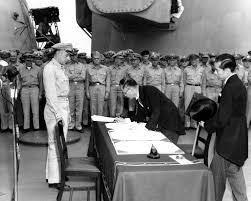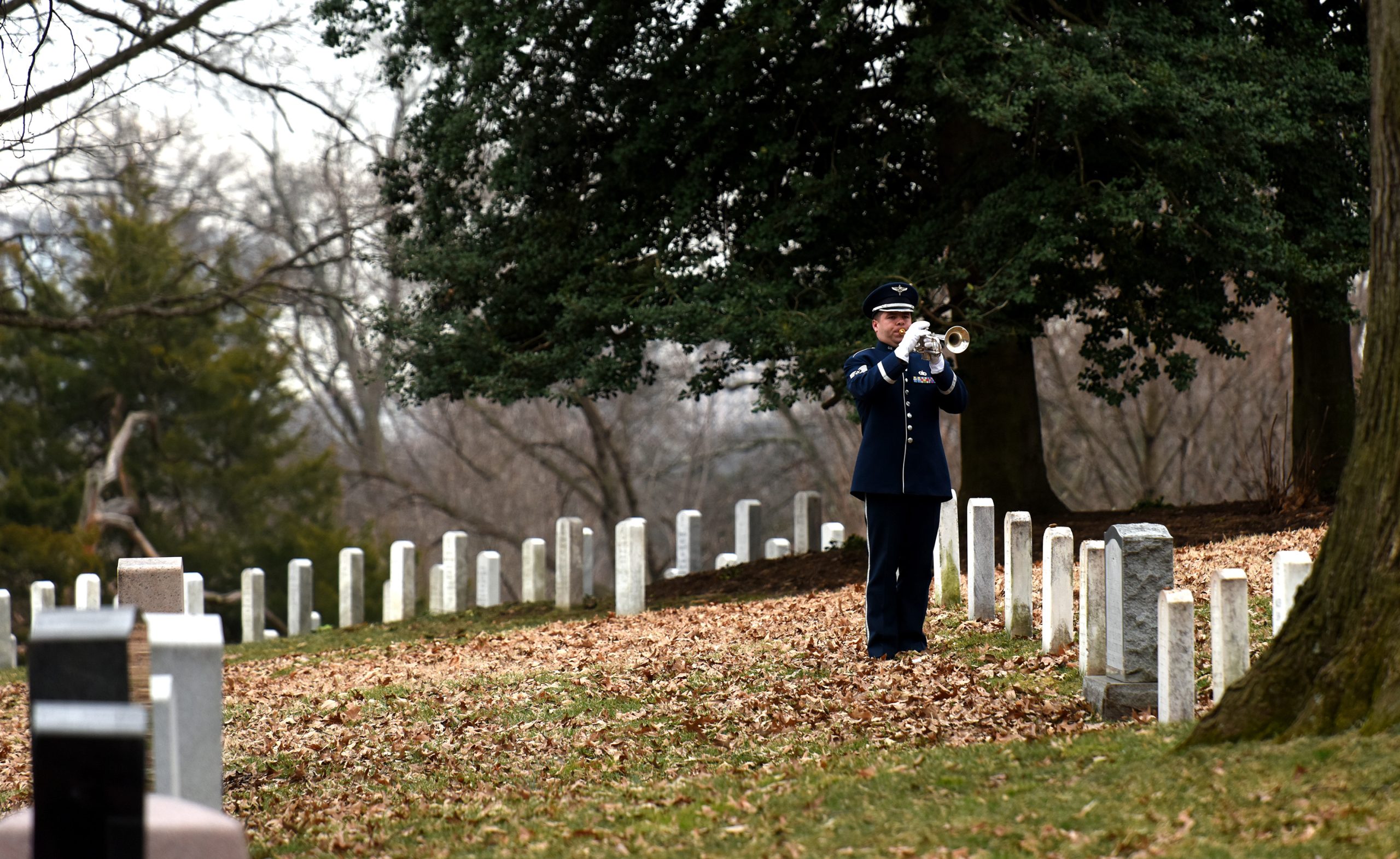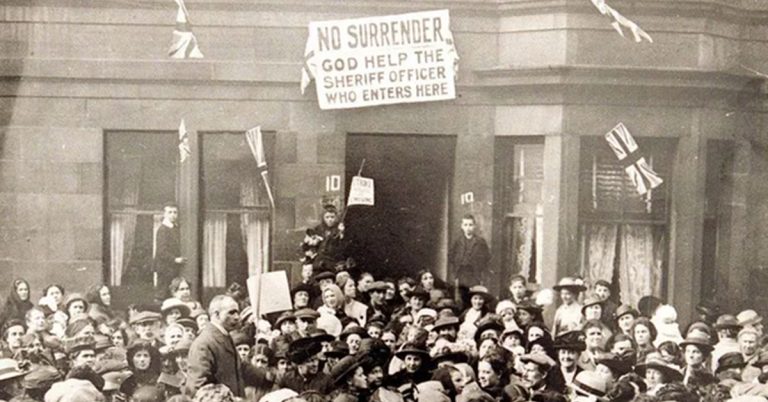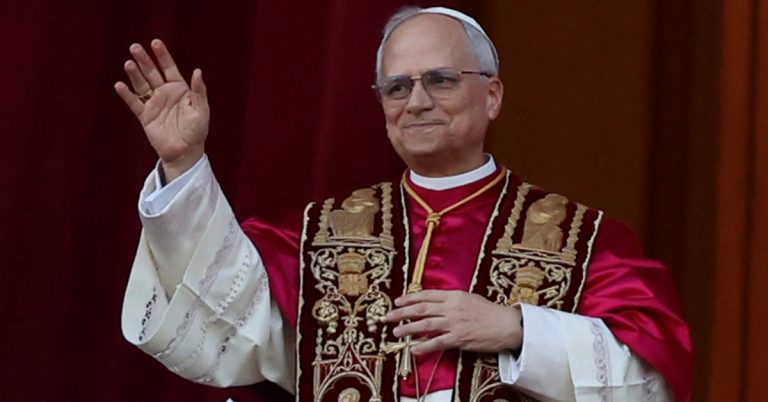

Many readers of On War have taken Clausewitz’s discussion of the ‘logic’ of war tending to ‘extremes’ and concluded that he believed that, if a state were going to wage war, the only sensible way to do it would be to engage in total war, mobilizing the entire resources of the state and attacking with immediate and overwhelming force. Indeed, the Just War tradition and the U.S. Weinberger-Powell Doctrine would both advocate this: use of force should be a last resort.

If the object cannot be achieved in any other way and it has been determined important enough to kill over, then the use of force should be devastating so as to limit the duration and overall destruction of the war. This quick and decisive victory should then achieve the political object.
But this is not what Clausewitz is arguing, at all. He is making the point that IF war were a merely military activity – merely a contest of strength – then the logic of such a contest would demand such an approach. War, however, is NOT a merely military activity; it is the employment of violence for the purposes of bargaining for some other objective. He notes:
We could … proclaim … that, since the extreme must always be the goal, the greatest effort must always be exerted. Any such pronouncement … would often result in strength being wasted, which is contrary to other principles of statecraft.
(78, emphasis mine)
Total war is the result of mistakenly allowing ‘military logic’ to dominate ‘political logic’, which would dictate that the effort should be proportional to the value of the object.

This is an important corrective to the attitude common among both military and civilian officials in countries like the U.S. and UK: that the appropriate strategic process is for the policy makers to determine the goals of military action (why we fight), then allow the military to plan the operation without ‘micromanagement’ (how we fight). As Huntington (1957) noted, the military will naturally want to use overwhelming force, as that reduces their risk. But Huntington argued that if the civilian policy makers interfered with the military’s ‘expert’ planning of the operations, the operation would fail. Therefore, it was incumbent upon policy makers to identify their goals and then let the military logic take over.
It is easy to see why this approach has appealed to generations of military officers: they are comfortable with leaving the ‘politics’ to the civilians. All they ask for is a clear strategy and a clear set of parameters, and then full autonomy to do exactly as they see fit.

Needless to say, politics and policy-making are never that simple or clear cut. Clausewitz was fully aware of this, and argued that the nature of war made the idea of ‘purely military’ expertise, advice, or decision-making simply impossible. Clausewitz did not separate ‘the military’ and ‘the civilian’ as different people. Rather, they are different logics that could be followed by the same person. He would have thought it highly inappropriate to allow the military logic of force to demand an effort or use of resources out of alignment with the political will available. He would have demanded that strategy be guided by political, not military logic.
By Lindsay P. Cohn


Lindsay P. Cohn is an Associate Professor at the U.S. Naval War College. She is a Political Scientist who works on civil-military relations, political economy, strategy, and public opinion. Her views are her own and do not represent her employer. She is the author of the chapter ‘Political Realism and Civil-military Relations’ in The Edinburgh Companion to Political Realism.
The Edinburgh Companion to Political Realism, edited by Robert Schuett and Miles Hollingworth, is the first reference work to explore the 2000-year history of political realism and reassess its place in today’s world. Split into three sections, it covers the 2000-year canon of realism: the different schools of thought, the key thinkers and how it responds to foreign policy challenges faced by individual states and globally.
Image credits
- Photograph at Alrington National Cemetery. Creator: Staff Sgt Rusty Frank. Credit: Secretary of the Air Force Public Affairs. Copyright: Public Domain.
- Mural in The Fountain area, Derry, Londonderry, Northern Ireland, August 2009. Creator: Ardfern. CC BY-SA 3.0 via Wikimedia Commons.
- SC 213700: Surrender of Japan, Tokyo Bay, 2 September 1945. Source: National Museum of the U.S. Navy on Flickr. Copyright: Public Domain.





